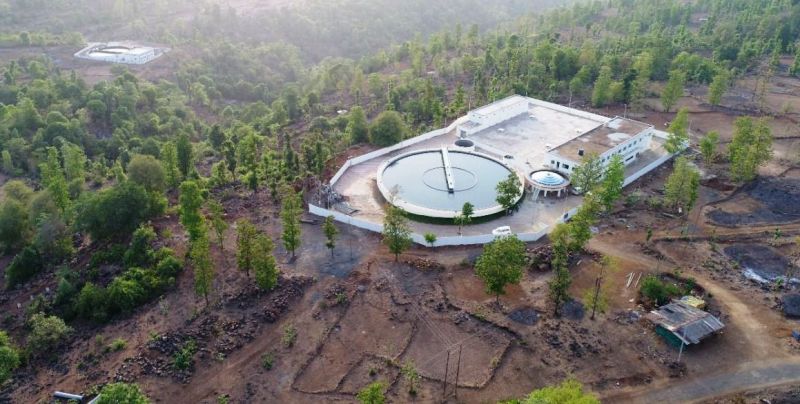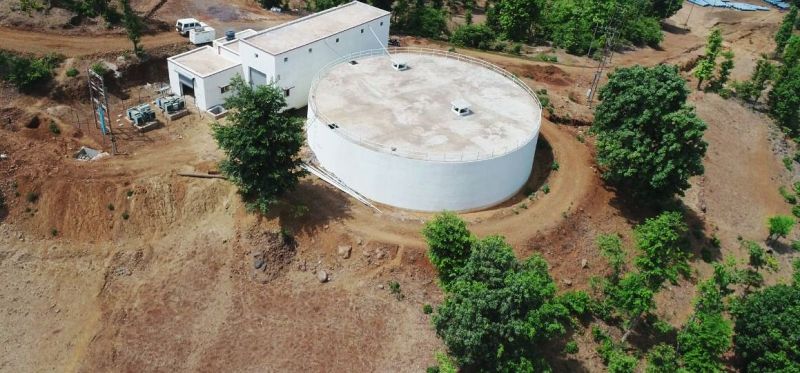Valsad : Astol project is a technological marvel as per engineering perspective. Prime Minister Narendra Modi will dedicate several big projects to the people of Gujarat during his visit to the state on 10th June. During his one-day visit, the PM will inaugurate the Astol project that will ensure tap water to 4.50 lakh people residing in 174 tribal villages and 1,028 hamlets on the hills of Valsad district. Giving details of the project, Gujarat Chief Minister Bhupendra Patel said, “It was a challenging task to complete the Astol project in Kaprada and Dharampur talukas of Valsad district, but I am glad our engineers overcame all the hurdles. It’s a technological marvel from the engineering perspective as well. Through this project, we have ensured the availability of water in these hilly areas by taking water to the height of about 200-storey building.
Why is the Astol project special for Gujarat?
The topography of the tribal areas Dharampur and Kaprada is such that neither the retention of rainwater is possible nor the groundwater can be stored. The reason is that as most of the land here is rocky and rainwater run-off is rapid. As a result, only reservoirs are filled during the rainy season. Many springs and streams dry up during summers. In 2018, the state government initiated the Astol Project at the cost of Rs 586.16 crore with an aim to ensure potable water supply to the people living in these hilly areas.
What is Astol Project?
• Water from Madhuban Dam (water holding gross capacity 567 million cubic metres) will be pumped through pumping stations using lift technique to reach people’s homes
• Under this project, 28 pumping stations with a capacity of 8-Megawatt Volt Ampere (MVA) have been set up which will help supply about 75 million litres of drinking water daily to 4.50 lakh people
• 81 km of pumping line, 855 km of distribution line and 340 km pipelines were laid to bring water to big and small settlements
• Establishment of two filter plants (each with a capacity of 33 million litres of water per day) for the availability of pure drinking water with a total capacity of 66 million litres of water per day
• To store water in these areas, six high tanks (capacity of 4.7 million litres), 28 underground tanks (capacity of 7.7 crore litres) and 1,202 tanks (capacity of 44 million litres) at the ground level in villages and habitations have been constructed.
Special technology has also been used in laying the pipeline
• Pipes were installed according to the topography, with some areas at a higher elevation and others at low elevation.
• As a result, flow of water in certain areas is steady but very high (40 per kg cm square) in others. The pressure caused due to this is high enough to cause significant damage to pipelines
• As a solution to this problem, a 12 mm thick mild steel pipe is used inside the main pipe to avoid any kind of blast












